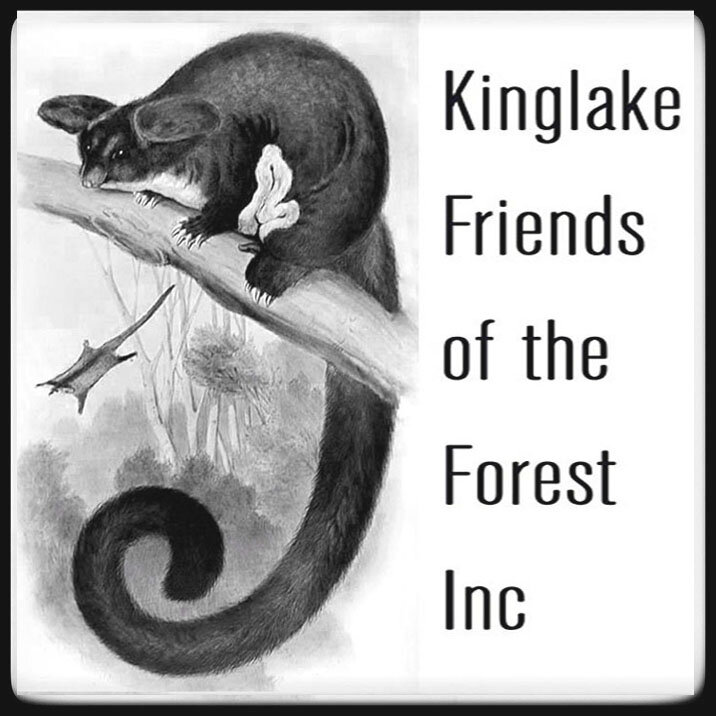Sign the Open Letter
Dear Premier Allan,
We are residents of the Kinglake ranges and region including, but not limited to, Toolangi, Glenburn, Marysville, Healesville, Flowerdale, Steels Creek, Strathewen, Hurstbridge and St Andrews.
As you will be aware, our communities suffered horrifically in the Black Saturday bushfire.
We hope never to experience another catastrophic bushfire like 2009. But we must be prepared. That is why we are writing to implore you to urgently update Victoria’s bushfire mitigation practices in line with recent science and new technology.
We are deeply concerned that the current planned burning regime is not effective, is endangering threatened species and it is harming public health.
Planned burns don’t work and can make bushfires worse
It is clear that the current planned burning approach isn’t working.
In the months before the 2009 bushfires Marysville was blanketed by smoke because of government planned burns surrounding the town. These burns did not stop the bushfire from consuming almost every building and many lives.
The 2019–20 Black Summer bushfires swept through 24.3 million hectares even though the planned burning program was intensified after 2009.
This summer 76,000 ha of Gariwerd/The Grampians [i] and nearby farmland was burnt by a bushfire despite the regular planned burning program.
A growing body of peer-reviewed science has found that planned burning is not fit for purpose. In fact, studies have shown that planned burns can increase bushfire risk by:
promoting a dense flush of regrowth close to the ground [ii]
transforming moist forests into dryer, fire-prone vegetation [iii]
reducing the wind shelter that tall, mature eucalypts provide [iv]
We are extremely concerned that the government’s agency, Forest Fire Management Victoria (FFMV), ignores any fire science that doesn’t align with its entrenched practices.
The rationale that underpins the current planned burning regime is based on an outdated theory that forests become more flammable as they age. Although high-quality, peer-reviewed journals have discredited this idea, FFMV appears to cherry-pick literature that relies on decades-old research and short-term data.
We are concerned that FFMV is not being held accountable to its core objective of protecting communities from bushfire. There is no transparent monitoring of either fire risk reduction objectives or ecological impacts before or after planned burns.
Planned burns are destroying the environment
Many of us live in the Kinglake region because we love the surrounding forest. A substantial body of scientific literature has found that planned burning has a negative-to-catastrophic impact on forest ecosystems. This includes groundbreaking research [v] published last year led by Professor Don Driscoll that analysed the world’s largest dataset of biodiversity responses after a single fire season.
Yet FFMV consistently burns areas that are known to contain fire-sensitive and threatened species, in spite of the science and pleas of the community.
Planned burns are making people sick
We are also deeply concerned about the respiratory health impacts of planned burns. Smoke from planned burns carries PM2.5s (particles tiny enough to penetrate deep into the lungs), the most toxic air pollution most of us will ever encounter. It is associated with increased incidence of asthma, heart attack, long term heart disease, birth issues [vi] and is carcinogenic [vii].
In 2016, six days of planned burns around Sydney caused 14 premature deaths, 29 cardiovascular hospitalizations and 58 respiratory hospitalisations [viii].
Over the last few years neighbours of planned burns in our area have often received no advanced notice of a burn. This makes it impossible to leave home or move animals in our care in time to avoid smoke. This has resulted in serious health impacts, lost work for farmers and lost income for local businesses.
FFMV must be held to account
Many in our community have tried communicating our concerns with FFMV. We have found them disturbingly unwilling to engage with either our concerns or scientific evidence that shows current practices are ineffective and harmful.
We believe this constitutes negligence in a public body responsible for public safety. We do not feel safe in our homes knowing that the government and its fire agency are ignoring peer-reviewed evidence.
We implore you to confront and respond to the growing bushfire threat under climate change by heeding new scientific evidence and warnings that planned burning is not keeping our communities safe.
We call on the Allan Government to adopt a new, evidence-based bushfire mitigation program that:
Immediately ceases broadscale planned burning of forests in Victoria.
Prioritises investment into rapid bushfire detection and suppression including:
o new technology (including drones and mounted cameras).
o upgrading current firefighting equipment and weather and smoke monitoring equipment.
o increasing remote firefighting capacity and funding.
Allows forests to mature to regain the structure, microclimate and species composition that is least flammable. This will involve actively preventing fire from entering forests until they regain these mature traits.
Sincerely,
[add your name to the open letter]
References
[ii] Self-thinning forest understoreys reduce wildfire risk, even in a warming climate. Zylstra and Bradshaw. 2022.
[iii] Identifying and managing disturbance-stimulated flammability in woody ecosystems. Lindenmayer and Zylstra. 2023
[iv] Reducing the effect of planned burns on hollow-bearing trees Fire and adaptive management report no. 95. Lucas Bluff. 2016
[v] ‘Catastrophic declines’: massive data haul reveals why so many plants and animals suffer after fire. Professor Don Driscoll et al. 2024.
[vi] Review of evidence on health aspects of air pollution – REVIHAAP Project Technical Report. World Health Organisation. 2013.
[vii] Outdoor air pollution a leading environmental cause of cancer deaths. The International Agency for Research on Cancer. 2013
[viii] A rapid assessment of the impact of hazard reduction burning around Sydney.Medical Journal of Australia. Nov 2016.
Please note: the details you provide will be given to state and local government representatives along with the open letter.
Drafting the open letter on April 9th in Kinglake

